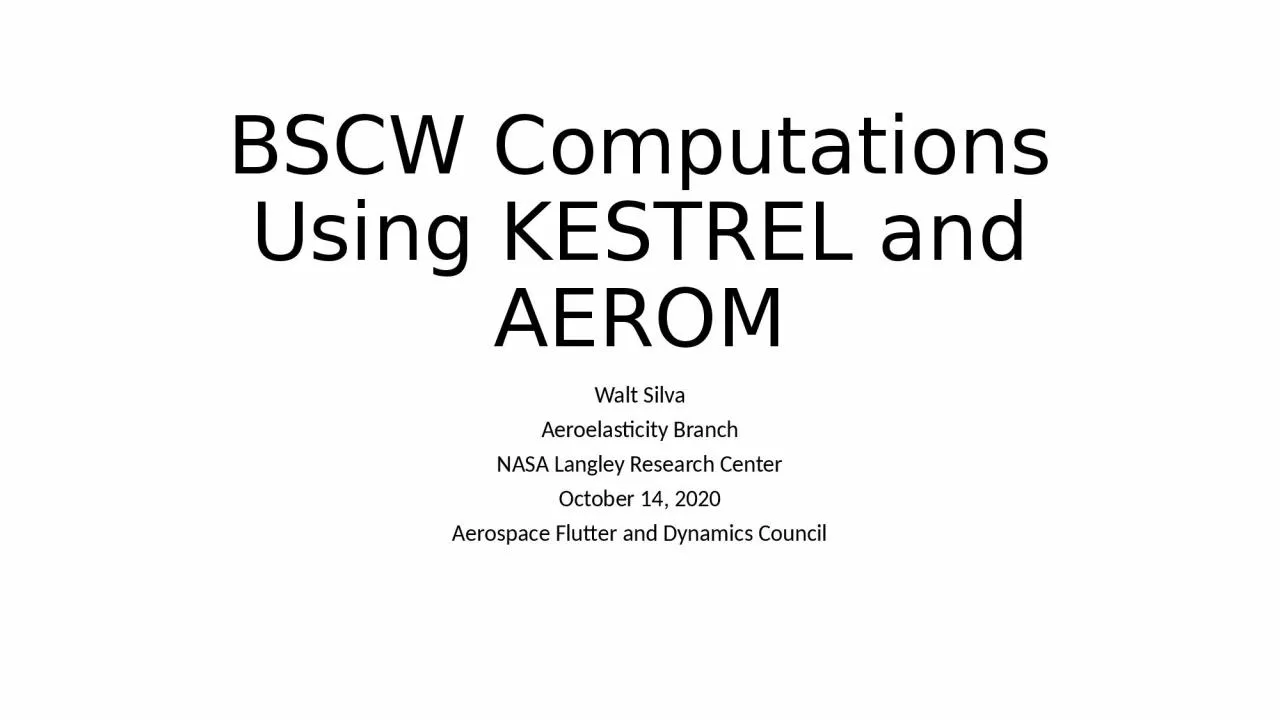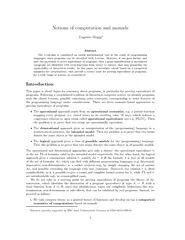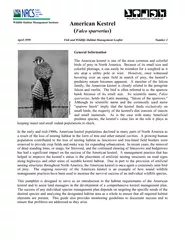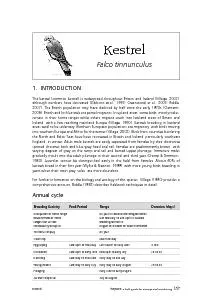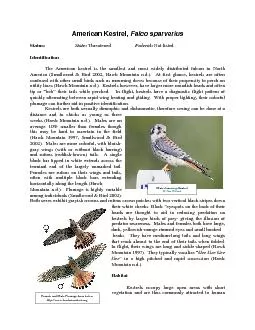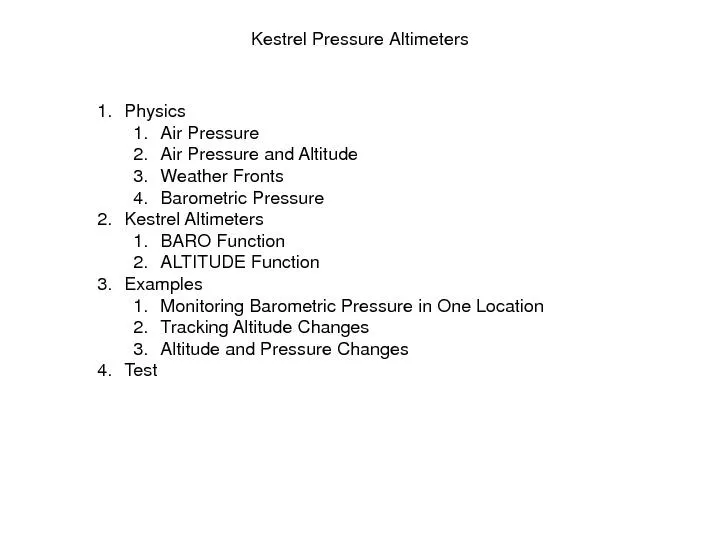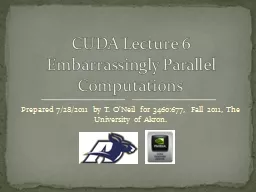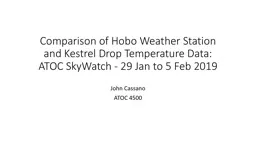PPT-BSCW Computations Using KESTREL and AEROM
Author : okelly | Published Date : 2024-03-13
Walt Silva Aeroelasticity Branch NASA Langley Research Center October 14 2020 Aerospace Flutter and Dynamics Council Outline Benchmark SuperCritical Wing BSCW
Presentation Embed Code
Download Presentation
Download Presentation The PPT/PDF document "BSCW Computations Using KESTREL and AERO..." is the property of its rightful owner. Permission is granted to download and print the materials on this website for personal, non-commercial use only, and to display it on your personal computer provided you do not modify the materials and that you retain all copyright notices contained in the materials. By downloading content from our website, you accept the terms of this agreement.
BSCW Computations Using KESTREL and AEROM: Transcript
Download Rules Of Document
"BSCW Computations Using KESTREL and AEROM"The content belongs to its owner. You may download and print it for personal use, without modification, and keep all copyright notices. By downloading, you agree to these terms.
Related Documents

